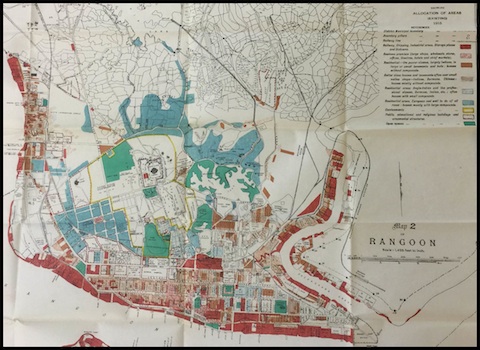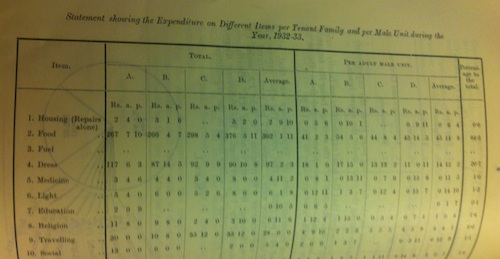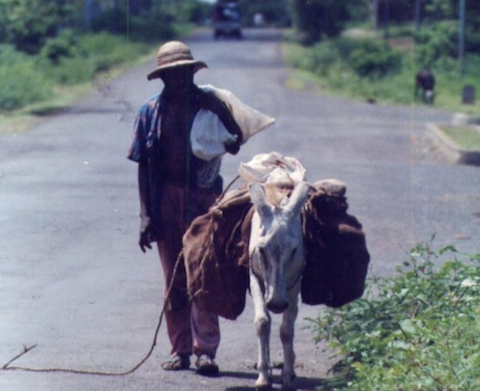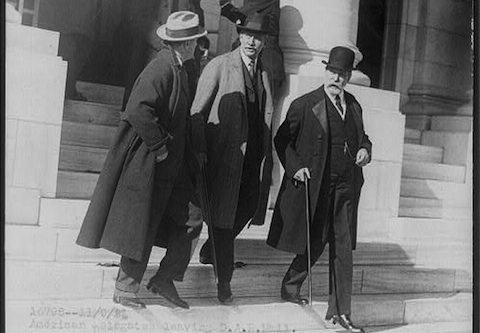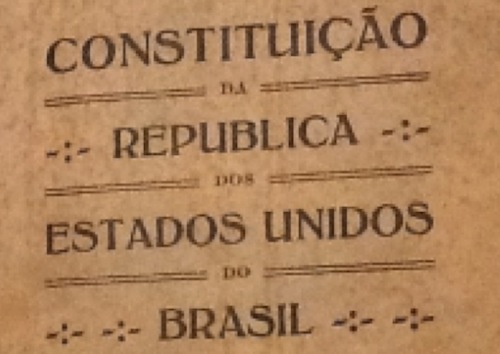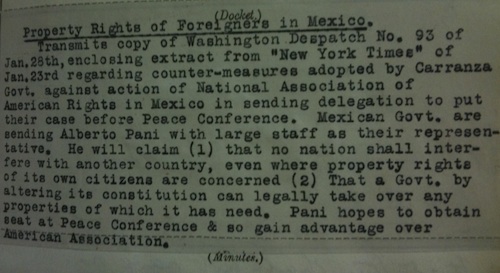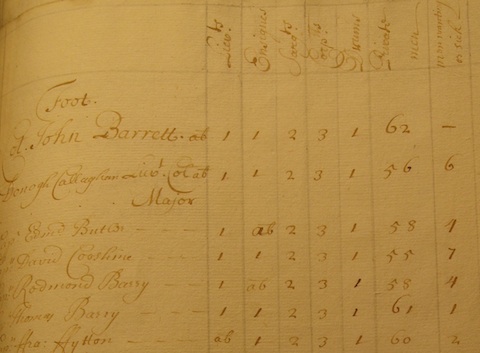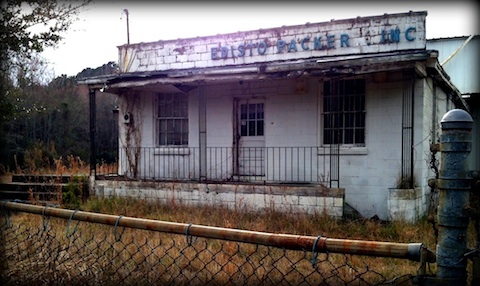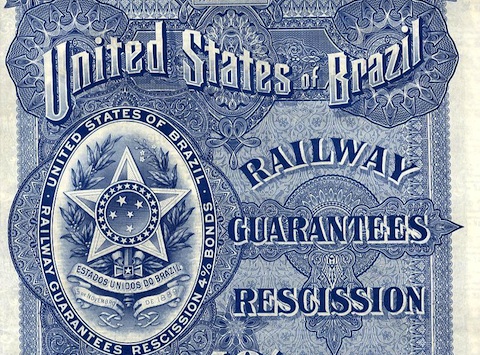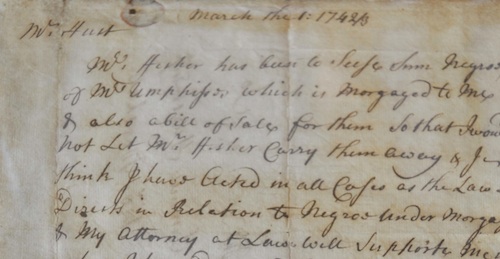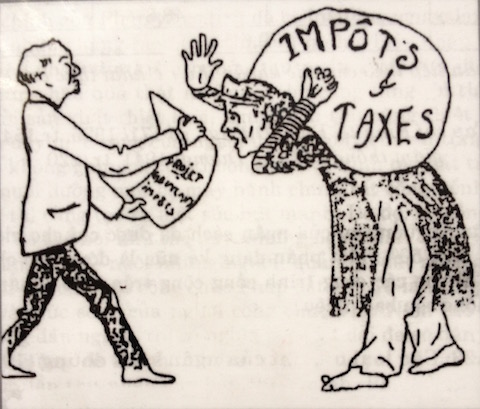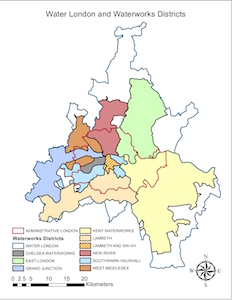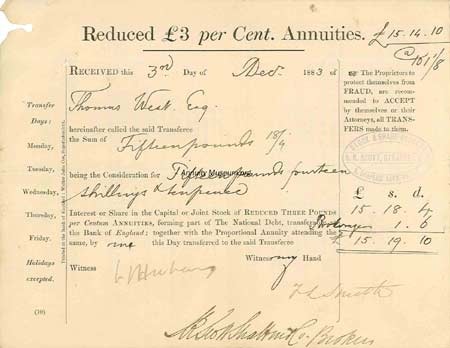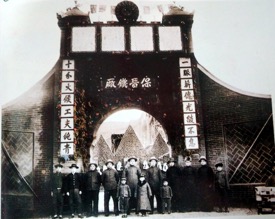Completed Projects
"Private Property in Late Ottoman Palestine: The Land of Nicolas Sursock et Frères in the Jezreel Valley"
Kristen Alff
Stanford University
kjalff@standford.edu
"Producing Luxury Fashion, Skilled Workers, and Good Housewives: The Girls' Institutes and the Histories of Labor and Consumption in Turkey"
Rustem Ertug Altinay
New York University
rea270@nyu.edu
"Between the city and the countryside: The economic strategies of the rural elites in the kingdom of Valencia during the14th and 15th centuries"
Frederic Aparisi Romero
University of Valencia
frederic.aparisi@uv.es
"'The Dust Was Long in Settling': Human Capital and the Lasting Impact of the American Dust Bowl"
Vellore Arthi
University of Oxford
vellore.arthi@merton.ox.ac.uk
"From St Helena to Bencoolen: The British East India Company’s Practices of Slavery and the Slave Trade in the Late Eighteenth Century”
Tiraana Bains
Yale University
tiraana.bains@yale.edu
"Planning for Chaos or Progress? Rethinking the Exchange of Ideas about Indian Development Planning"
Aditya Balasubramanian
JPAL, Delhi/Harvard University
"'They all belong to the school of Adam Smith': The dissemination of Adam Smith's ideas in Calcutta in the nineteenth century"
Mou Banerjee
Harvard University
moubanerjee@fas.harvard.edu
"Common Lands and Agricultural Productivity in Early 20th Century Spain"
Francisco J. Beltrán Tapia
University of Oxford
francisco.beltran@nuffield.ox.ac.uk
"The Regional Roots of Mexican Neoliberalism: Northern Business Elites and the Rise of Market Values"
Derek Bentley
University of Georgia
dbent@uga.edu
"Risky Credit: The Commercial World of the Bay of Bengal from 1800 to 1940"
Debjani Bhattacharyya
Emory University
http://history.emory.edu/home/people/graduate/bhattacharyya.html
"Information and News in 19th Century America: The Role of the Telegraph”
Levi Boxell
Stanford University
"Constructing Credit, Expanding Commerce: US Branch Banking in Latin America in the Early Twentieth Century"
Mary Bridges
Vanderbilt University
mary.bridges@vanderbilt.edu
"Quebec, Bengal, and the Rise of Authoritarian Legal Pluralism"
Christian R. Burset
Yale University
christian.burset@yale.edu
"Hungarian Bank and Colonial Projects during the First World War"
James Callaway
New York University
tjc3912@nyu.edu
"Generating a New South: Hydroelectricity and the Making of Modern Georgia, 1900-1930"
Casey Cater
Georgia State University
ccater2@gsu.edu
"Muleteers as Bandits and Mutineers: Global Capital and Social Transformation in the Ottoman Countryside"
Joan Chaker
Harvard University
"Evolving State Capitalism: Federalism in the Indian Coal Industry"
Rohit Chandra
Harvard University
rchandra@fas.harvard.edu
"Across the South Seas: Gender, Intimacy, and Chinese Migration in British Malaya"
Sandy F. Chang
University of Texas at Austin
sandy.chang@utexas.edu
"The contribution of infrastructure investment to Britain’s urban mortality decline 1861–1900"
Jonathan Chapman
California Institute of Technology
jnchapma@caltech.edu
"The Business of Life: South Asia in the Age of Global Capital"
Meghna Chaudhuri
New York University
"Fossil Fuel Communism: The Druzhba Oil Pipeline and the Making of the Eastern Bloc, 1948-1994”
Tom J. Cinq-Mars
Duke University
tjc30@duke.edu
"Indian Trust Funds and the Routes of American Capitalism, 1795-1865"
Emilie Connolly
New York University
ec1893@nyu.edu
"War, Blockades, and Hunger: Nutritional Deprivation of German Children 1914 - 1924"
Mary Cox
University of Oxford
mary.cox@history.ox.ac.uk
"Britain's Empire of Oil: The History of Its Exploration and Exploitation and Its Impact on the Global Middle East"
Guillemette Crouzet
guillemettecrouzet@yahoo.fr
"Gens sans maîtres: les communes des Antilles et la production du commerce sous le régime colonial"
Isaac Curtis
University of Pittsburgh
isaac@isaaccurtis.com
http://www.isaaccurtis.com/
"Pauperism and the poverty line: Pauper household incomes in the 1850s"Lewis Darwen
Nottingham Trent University
ldarwen@outlook.com"Commodification, Slavery, Credit, and the Law in the Lower Mississippi River Valley, 1780-1830"
Elbra David
University of California – Irvine
"The Role of the London Metal Exchange in Mitigating Risk for Non-Ferrous Metal Traders, 1877–1919"
Nathan Delaney
Case Western Reserve University
nathan.delaney@case.edu
"Beyond the Nation: Anti-colonialism, Citizenship and Rights in Twentieth-century India"
Hardeep Dhillon
Harvard University
hdhillon@g.harvard.edu
"Foligno County (Umbria, Central Italy) in the long 12th century (1070s - 1200s): An outline of the economic transition"
Nikita Dmitriev
Laboratoire de Médiévistique Occidentale de Paris (LAMOP), Pantheon-Sorbonne University (France)
nikitadmitriev@gmail.com
http://lamop.univ-paris1.fr/spip.php?auteur82
"The Latin American Development Experience: social sciences and policy-making, 1939-1973"
Margarita Fajardo-Hernandez
Princeton University
mfajardo@princeton.edu
"Meaningful Monies: Cash, Credit and Mutual Obligation in the Dutch and German Countryside, 1650-1850"
Sebastian Felten
King's College London
sebastian.felten@kcl.ac.uk
"Steel and Sovereignty: Brazilian Debt and Steel in the 1930s, in a Global Mirror"
Ted Fertik
Yale University
ted.fertik@yale.edu"Persistent Effects of Private Versus Colonial Rule: Evidence from 19th Century Indonesia"
Thiemo Fetzer
London School of Economics
thiemo.fetzer@gmail.com, www.trfezter.com
Priya Mukherjee
Cornell University
pm374@cornell.edu
"Building a Ruin: The International Political-Economy or Soviet Economic Reform 1956-1990"
Yakov Feygin
University of Pennsylvania
"Forging Loyalty in the Iberian Pacific World: Manila and the Moro War, 1750 to 1780"
Kristie Flannery
University of Texas at Austin
kristie.flannery@utexas.edu
https://utexas.academia.edu/KFlannery
"The Poor Always With You: Poverty in an Age of Emancipation, 1833-1879"
Christopher Florio
Princeton University
cflorio@princeton.edu
"Crowning the Pyramid: The Egyptian Beer Industry’s 'Mature' Period (1940–1952)"
Omar Foda
The University of Pennsylvania
ofoda@sas.upenn.edu
"The Age of Lead: Metropolitan Development, Environmental Health, and Inner City Underdevelopment"
Leif Fredrickson
University of Virginia
"Weaving the first Global Age. The Ruiz, a network of textile merchants (1566-1600)”
Gabriele Galli
Università degli Studi di Verona and Universidad de Valladolid
gabriele.galli@univr.it
"State Taxes, Wealth, and Public Debt after the American Revolution, 1783-1815"
Frank Garmon
University of Virginia
fwg3gc@virginia.edu
"The economic incentives of assimilation - Name changers in the early 20th century Hungary"
Atilla Gáspár and Rita Petö
Central European University, Hungary
Gaspar_Attila@phd.ceu.edu /Peto_Rita@phd.ceu.edu
"Bushfalling to No Man’s Land: The U.S. Diversity Visa Lottery in Cameroon"
Carly Goodman
Temple University
carlygoodman@gmail.com
"Skin in the Game: Liability Insurance, Extended Liability, and Financial Stability"
Tyler Beck Goodspeed
Harvard University
tgoodsp@fas.harvard.edu
"Minority Economic Landscapes in Post-Independence Peripheral Bulgarian Cities: The Cases of Kardzhali, Razgrad and Smolyan"
Cengiz Haksöz
University of Pittsburgh
CEH53@pitt.edu
"George Smith and the Chinese tea trade"
Jessica Hanser
Yale University
jessica.hanser@gmail.com
"Trading Across Boundaries: Sixteenth-century Commercial Letters of Safe Passage and the Challenge of Cross-cultural Trade"
Ian Hathaway
Yale University
ian.hathaway@yale.edu
"The Restoration of French Colonial Slavery, 1802-1848"
Joseph la Hausse de LaLouviere
Harvard University
lahaussedelalouviere@fas.harvard.edu
"‘History in the garb of a novel’: Nationalism and Fiction in J. Victor von Scheffel’s Ekkehard"
Carla Heelan
Harvard University
"The Experience of Credit and Debt in the English Atlantic World, 1660-1754"
Benjamin A. Hicklin
University of Michigan
hicklinb@umich.edu
"Electric Revolution: Energy, Environment, and the State in Post-Porfirian Northern Mexico"
Jonathan Hill, Jr.
The City University of New York
jhill@gradcenter.cuny.edu
jhilljr.wordpress.com
"Indian Labour Migration to Ceylon, Malaya and Burma: A Study of Kangani and Maistry System in Global Perspective (c. 1880-1940)”
Ritesh Kumar Jaiswal
University of Delhi
riteshjais@gmail.com
"Growth Industry: Unearthing the Origins of Fertilizer-Fueled Agriculture in America, 1865-1950"
Timothy Johnson
University of Georgia
timjohns@uga.edu
"Adoption of the French Commercial Code of 1807 in the Duchy of Warsaw as a Significant Factor in the Development of Commercial Law in the Polish Territories"
Anna Klimaszewska
University of Gdansk
http://prawo.univ.gda.pl/pracownik/annaklimaszewska.html
"The Evolution of Public Health Policies in Cameroon from 1960 to 2014"
Luc Fongang Kontcheu
University of Yaounde I
lucserge@yahoo.fr
"Many Regimes of Apprenticeship: Skilling Artisans and Mechanics”
Arun Kumar
University of Gottingen
arunkumar019@gmail.com
"Social Mapping the History of Economists at Cambridge, 1903-1950"
Ian Kumekawa
University of Cambridge
ik306@cam.ac.uk
"Economic developments and the growth of colour prejudice in the French empire, c.1635-1767"
Melanie Lamotte
University of Cambridge
ml510@cam.ac.uk
http://www.hist.cam.ac.uk/directory/ml510@cam.ac.uk
"The Pricing Revolution in Marine Insurance"
Adrian Leonard
University of Cambridge
abl28@cam.ac.uk
"'Indian title', Regime Change, and the Origins of the Cotton Kingdom: Land Tenure in the Lower Mississippi Valley, 1790-1830"
Julia Lewandoski
University of California, Berkeley
julia.lewandoski@berkeley.edu
"The Historical Legacy of Colonial Medicine Campaigns in Central and West Africa"
Sara Lowes
Harvard University
http://scholar.harvard.edu/slowes
"The Making of the Johannesburg Stock Exchange, 1887-1899"
Mariusz Lukasiewicz
Graduate Institute of International and Development Studies, Geneva
mariusz.lukasiewicz@graduateinstitute.ch
"The energy challenges of the French-American relations from 1969 to 1974"
Pierre Manenti
Ecole Normale Supérieure de Cachan
pierre.manenti@ens-cachan.fr
"Colonial Labour in Perspective: Towards a Global History of the Maritime Labour Market ”
Naina Manjrekar
School of Oriental and African Studies
manjrekar.naina@gmail.com
"The Economic Reforms of the Viceroy of Peru and the 1687 Earthquake of Lima"
Judith Mansilla
Florida International University
jmans005@fiu.edu
"Mestizos and the Spanish Imperial Race for Reconstruction: Habilitation Payments, Crown Fundraising, and the Armada, 1588-1594"
Adrian Masters
University of Texas at Austin
http://www.utexas.edu/cola/history/graduate/gradstudents/profile.php?id=am55278
"Electrical Palestine: Jewish and Arab Technopolitics under British Rule"
Fredrik Meiton
New York University
fwm214@nyu.edu
"Democratic Planning: University Planning Forums and India's Second Five-Year Plan, 1956-1961"
Nikhil Menon
Princeton University
"Saltwater Empire: The Caribs and the Politics of Smuggling, Insurgency, and the Slave Trade in the Circum-Caribbean, 1763-1833"
Ernesto Mercado-Montero
University of Texas at Austin
emercado@utexas.edu
"Mikhail Gorbachev's Agricultural Reforms and the Politics of Perestroika"
Chris Miller
Yale University
cr.miller@yale.edu
"Patriotic Pepper: The Economics of Revolution in Colonial Mahé"
Greg Mole
University of North Carolina at Chapel Hill
gmole@email.unc.edu
"The Impact of the French Revolutionary Period on Communication Patterns Among Mercantile Networks in the British and French Atlantic World, c.1763-1804"
Francesco Morriello
University of Cambridge
"Connecting indenture across oceans: letter-writing between India and three Guianas”
Louise Moschetta
University of Cambridge
lpgm2@cam.ac.uk
"Business Management Expertise in the U.S. Defense Establishment, 1950-1990"
AJ Murphy
Columbia University
ajm2221@columbia.edu
"Building States through International Assistance: The United Nations between Trusteeship and Self-Determination, 1945 to 1965"
Eva-Maria Muschik
New York University
emm442@nyu.edu
"Explaining the Socio-Economic Demographics of Victorian Naval Medicine"
Christopher Myers
University of Pittsburgh
chm73@pitt.edu
"Land contracts and land conflicts. Land politics in Central Highlands of Vietnam. History of the Bahnar in Kontum, Central Highlands of Vietnam, 1850-1945 "
Anh Minh Nguyen Dang
Ecole Pratique des Hautes Etudes (EPHE)
nguyendanganhminh@gmail.com
"Poor Politics: Historical Origins of Contemporary Conceptions of the Poor”
Aditya Pai
Harvard Law School
"Anglo-Portuguese Trade And Monetary Transmission During the Eighteenth Century"
Nuno Palma
Nova School of Business and Economics, Lisbon
https://sites.google.com/site/npgpalma/
"Sinking Pisa: The Decline of a Commercial Empire in the Thirteenth Century"
Matthew Parker
Saint Louis University
mparke26@slu.edu
"Race, Risk, and Financial Capitalism in the United States, 1880-1940"
Daniel Platt
Brown University
daniel_platt@brown.edu
"The economic life in Russia in the light of the Domostroi (1550-1800)"
Eugène Priadko
University of Paris (Paris IV)
eugenepriadko@gmail.com"Standing Room Only: Debating Population Control, Religion, and the Family in Pakistan, 1950-71”
Amna Qayyum
Princeton University
aqayyum@princeton.edu
"Damming the Cauvery: Water, Development, and the Remaking of Agrarian Territory in Colonial and Postcolonial South India"
Aditya Ramesh
School of Oriental and African Studies, University of London
aditya.ramesh.2@gmail.com"From Relief to Reconstruction to Development: Defining and Implementing Aid in Post-war Italy"
Emily Riley
Princeton University
emilych@princeton.edu
"Negotiating Authority over Copyright in the American Theatre: 1856-1951”
Brent Salter
Yale Law School
brent.salter@yale.edu"The Long Life of Yazoo: Land Speculation, Finance, and Dispossession in the Post-Revolutionary South, 1789-1840"
Franklin Sammons
University of California - Berkeley
fsammons@berkeley.edu
"The politics of last resort lending and the Overend & Gurney crisis of 1866"
Sabine Schneider
University of Cambridge
"Making Jesus Springs: How Economic Change Stoked the Culture Wars"
(Appendix)William J. Schultz
Princeton University
wjschult@princeton.edu
"Framing the Colonial Economy in Nineteenth Century India”
Sukhalata Sen
Jawaharlal Nehru University
"Trade, politics and the English Mayor's Court: Law and trading practices in the 18th century Bay of Bengal"
Santanu Sengupta
Centre for Studies in Social Sciences, Calcutta
parasant21@gmail.com
"From Commercial Custom to International Laws: the Shrinking Business of Ottoman Captivity, 1730s to 1870s"
Will Smiley
Yale University
william.smiley@yale.edu
"Slaves, "Prisoners of War," and Inter-Imperial Law in the Ottoman Empire, 1699-1856"
Will Smiley
Princeton University
wasmiley@princeton.edu
"Book Markets and Popular Learning in Nineteenth-Century Lima and Bogotá"
Gracia Solis
Florida International University
gsoli002@fiu.edu
"Wheat, Bread, and the role of the State in 20th century South Africa"
Benjamin Stanwix
University of Oxford
benjamin.stanwix@trinity.ox.ac.uk
"Law and Trade: Legal and Economic Institutions Regulating the Trade of Ottoman Subjects with Venice between 1573 and 1645"
Tommaso Stefini
Yale University
tommaso.stefini@yale.edu
https://yale.academia.edu/tommasostefini
"Agriculture and development in an age of empire: policy, practice, and agricultural change in colonial Korea, 1910-1945"
Holly Stephens
University of Pennsylvania
hstep@sas.upenn.edu
"Everyday Afterlives: Tracing Diasporic Lives through India's Imperial Archives"
Julia Stephens
Yale University
julia.stephens@yale.edu
"Slums, Squatters and Urban Redevelopment Schemes in Rangoon, 1894-1960"
Michael Sugarman
University of Cambridge
mws34@cam.ac.uk
"Credit and Property Rights: Analysing Institutional Development in Colonial Punjab (1900-47)"
Atiyab Sultan
University of Cambridge
as2066@cam.ac.uk
"Le modèle économique des Comores dans la période précoloniale"
Tabibou Ali Tabibou
CNDRS- Moroni
tabibou.tata@hotmail.com
"From Wartime Experimentation to New-Era Normalcy: U.S. Mobilization for WWI and the Political Economy of the 1920s"
Jesse Tarbert
Case Western Reserve University
jtt34@case.edu
"Corporatism in the South Atlantic: Development, Social Welfare, and Constitutionalism in Portugal and Brazil, 1922-1945"
Melissa Teixeira
Princeton University
teixeira@princeton.edu
"Revolutionary Internationalism: Mexico and the Creation of the Postwar Multilateral System, 1919-1948"
Christy Thornton
New York University
cthornton@nyu.edu
"Coerced Labor Recruitment in the English Atlantic: The Impressment of Soldiers, 1585-1660"
Sonia Tycko
Harvard University
soniatycko@fas.harvard.edu
"Constituting Credit Capitalism: The Political Economy of Bank Creditcards in Postwar America"
Sean Vanatta
Princeton University
http://www.princeton.edu/histgrads/profiles/svanatta/index.xml
"Plantation Geographies: Race, Science and Agriculture in the South Carolina Lowcountry"
Levi Van Sant
University of Georgia
leviv@uga.edu
"Credibility and Imperial Orders in the Second Half of the 19th century"
Paula Vedoveli
Princeton University
vedoveli@princeton.edu
"Masters of Law: Legal Culture and the Law of Slavery in Colonial South Carolina and the British Atlantic World, 1669-1783"
Lee B Wilson
University of Virginia
lwb7dc@virginia.edu
"The politics of taxation in the French Empire: the case of Indochina (1897-1939)"
Madeline Woker
Columbia University
mw2981@columbia.edu
"Water Quality, Morbidity, and Mortality in London, 1906-1926"
Anthony Wray
Northwestern University
awray@u.northwestern.edu
https://sites.google.com/site/anthonywray/
"The Impact of Banking Crises on Trade: Case of the 1866 Overend & Gurney Failure"
Chenzi Xu
Harvard University
cxu@fas.harvard.edu
"Nourishing Shanxi: State, Industrial Entrepreneurship, and the Making of Chinese State Capitalism, 1898-2004”
Zhaojin Zeng
University of Texas at Austin
zzj@utexas.edu
"The Closing of the Gold Window and the History of Dollar Hegemony"
Josh Zoffer
Harvard University
jzoffer@college.harvard.edu

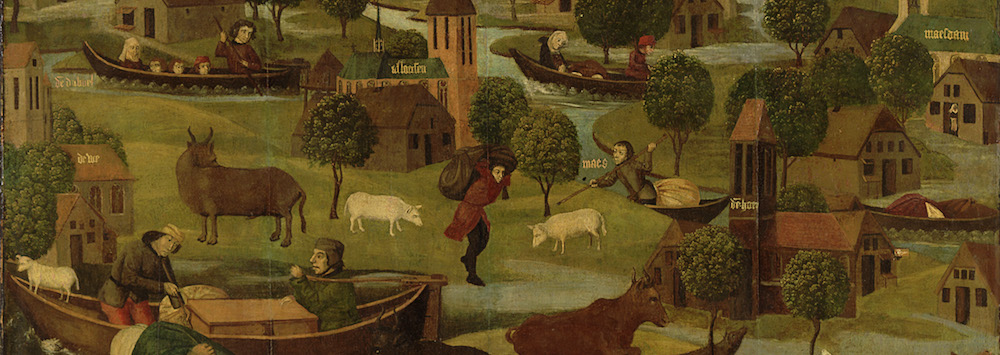
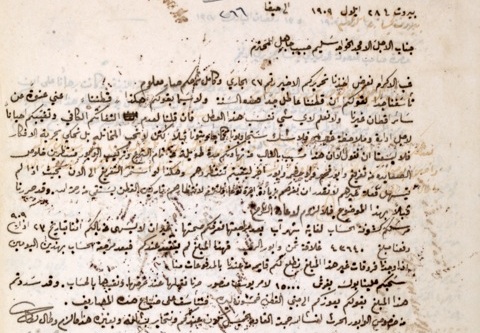
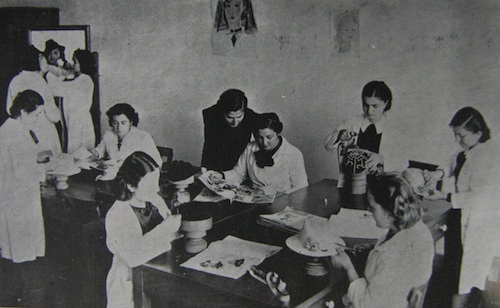
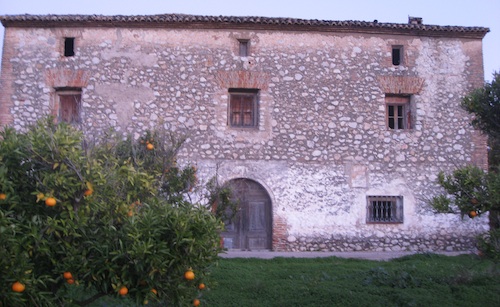
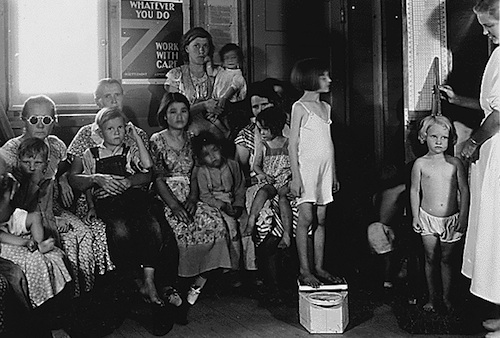
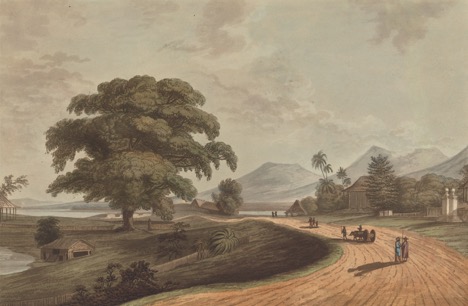
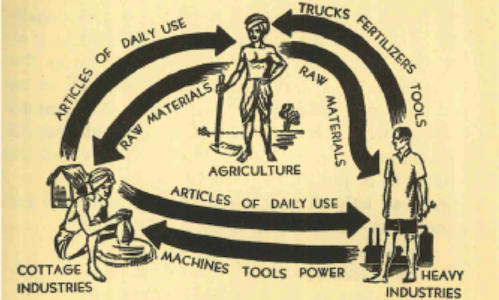
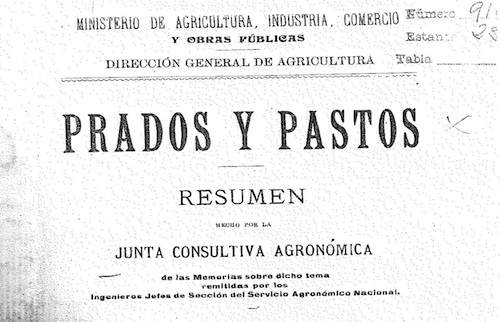
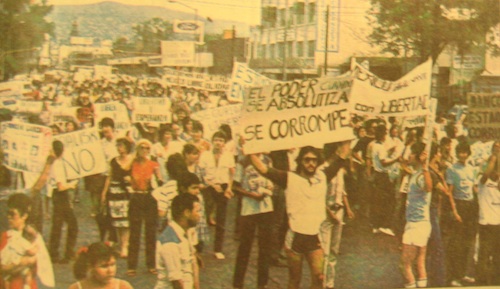
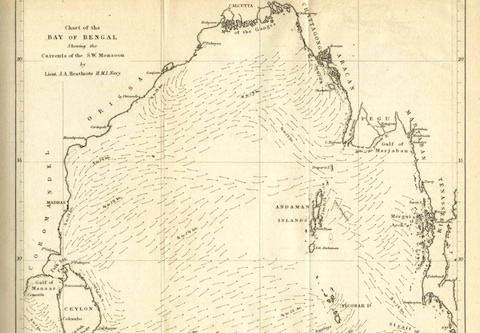
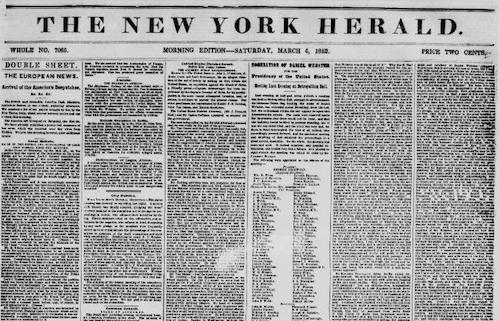
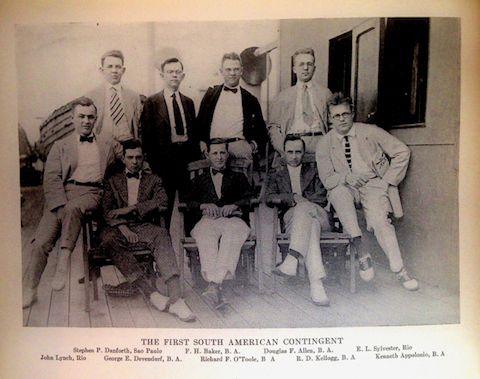
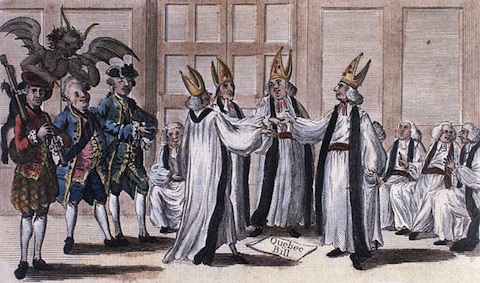
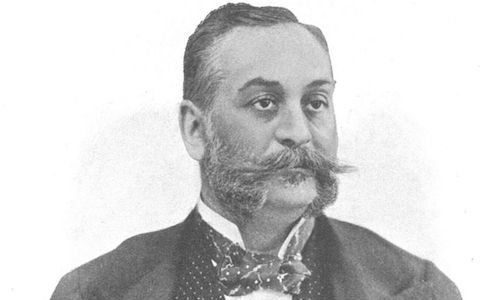
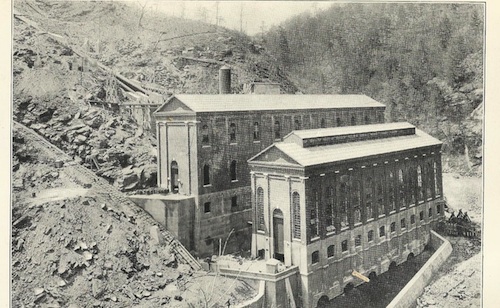
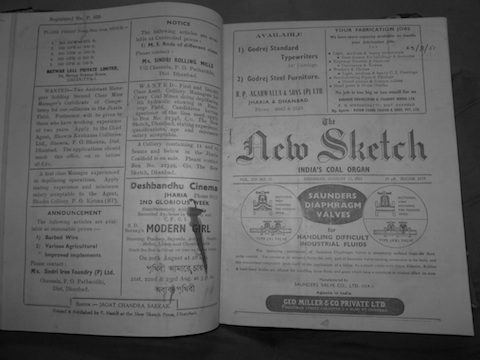
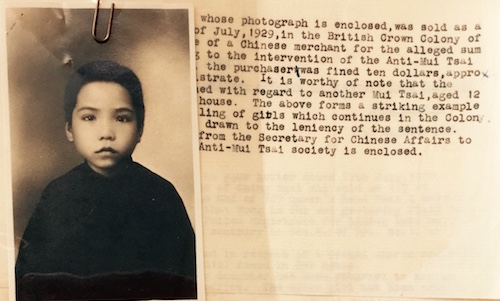
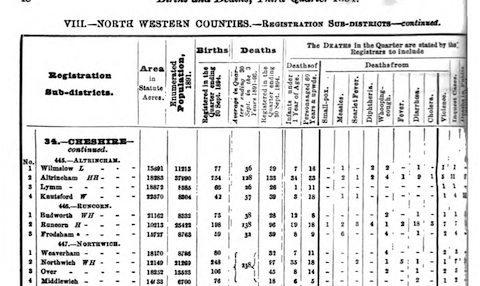
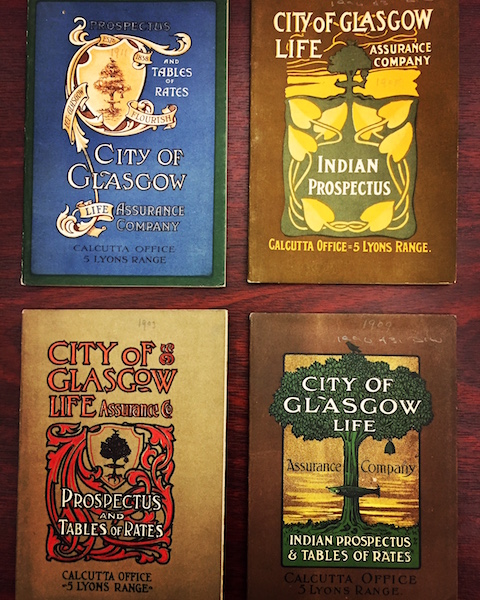
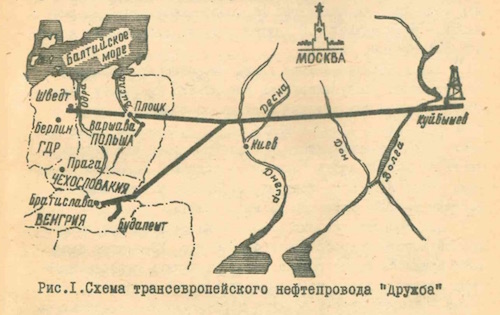
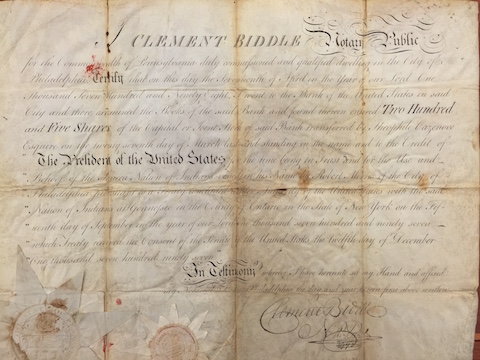

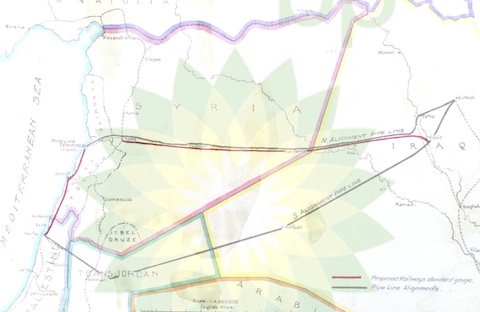
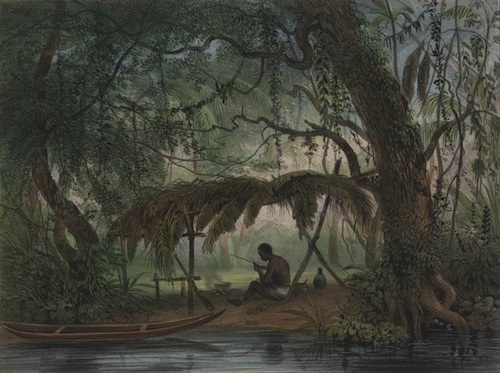
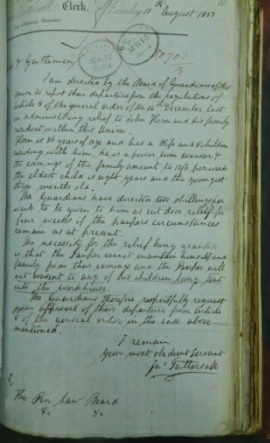
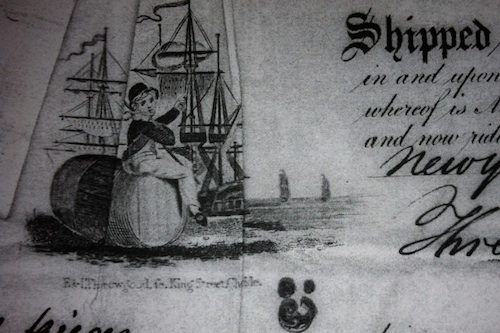
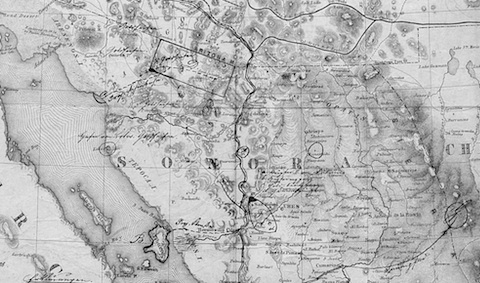
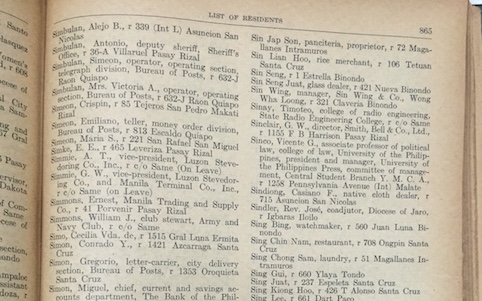
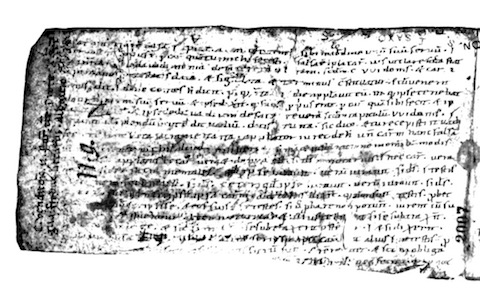
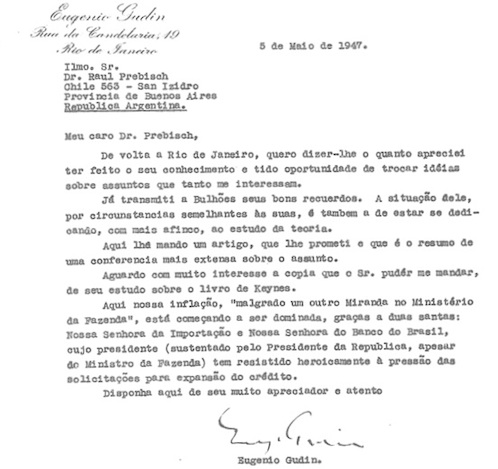
![Private account books like this one by the Leessink family of Winterswijk, wealthy farmers from the east of the Dutch Republic, are sparing with information. Typically, they do not provide more than a date, the transaction partner, and the exchanged goods. Careful analysis, however, can turn them into eloquent sources: their format tells us about the skill levels and preferences of their keepers, the transactions about the diversity of their household economy, the place-names and currencies about the scope of their business, and if individuals are cross-referenced in genealogical databases, tax lists and church records, we get a fair grasp of how this household was embedded in its village community. The pages shown cover a period between 1729 and 1734. Gelders Archief Arnhem, 0535 Scholtengoed Meerdink, No. 43, [p. 24f.] Private account books like this one by the Leessink family of Winterswijk, wealthy farmers from the east of the Dutch Republic, are sparing with information. Typically, they do not provide more than a date, the transaction partner, and the exchanged goods. Careful analysis, however, can turn them into eloquent sources: their format tells us about the skill levels and preferences of their keepers, the transactions about the diversity of their household economy, the place-names and currencies about the scope of their business, and if individuals are cross-referenced in genealogical databases, tax lists and church records, we get a fair grasp of how this household was embedded in its village community. The pages shown cover a period between 1729 and 1734. Gelders Archief Arnhem, 0535 Scholtengoed Meerdink, No. 43, [p. 24f.]](images/Felten_500.jpg)
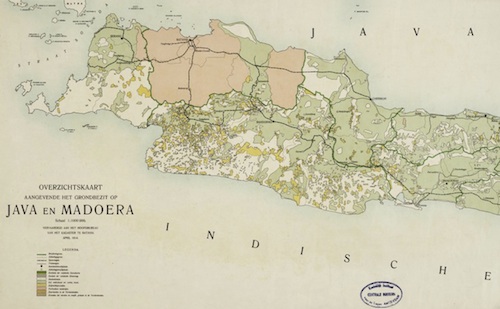
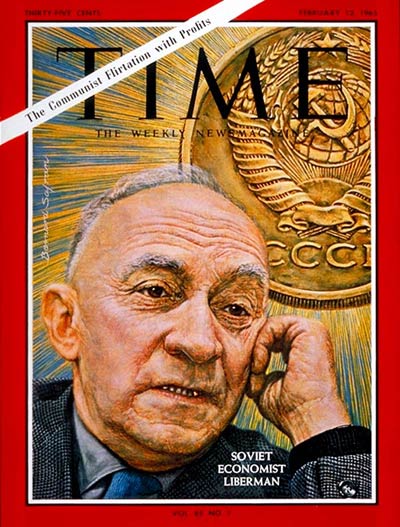
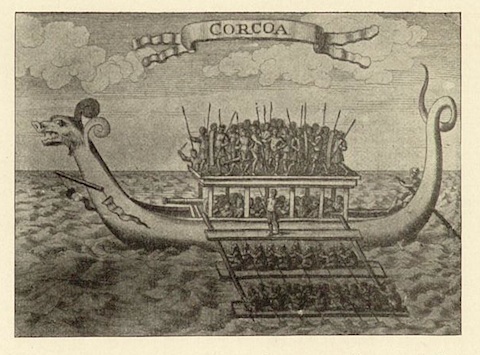


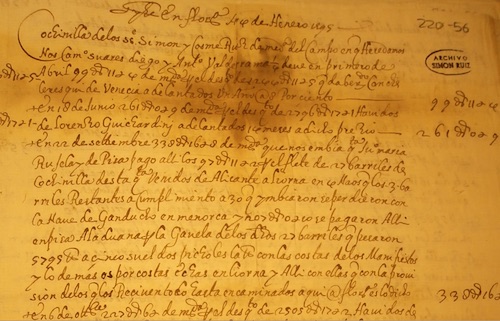
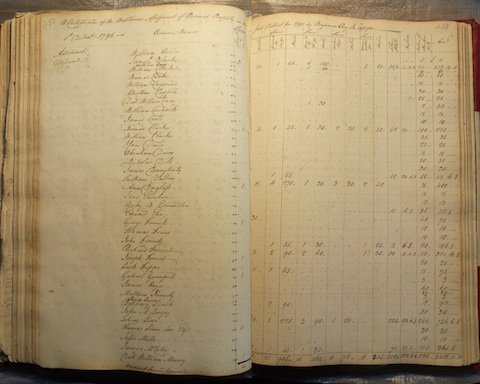
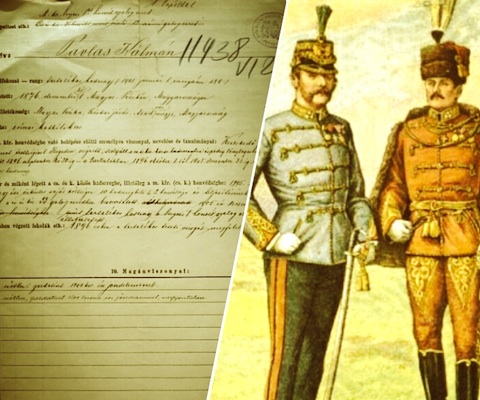
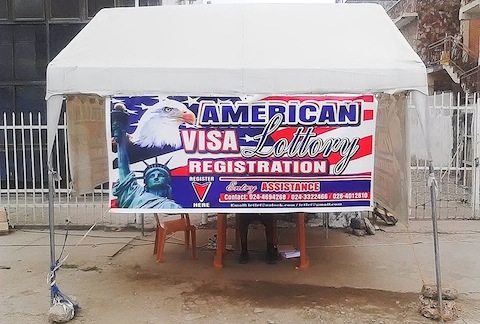
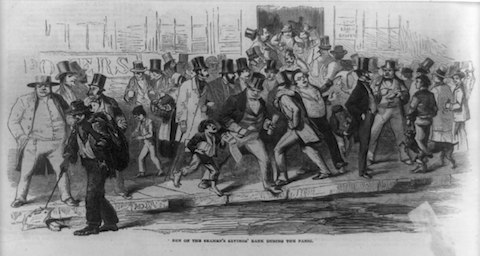
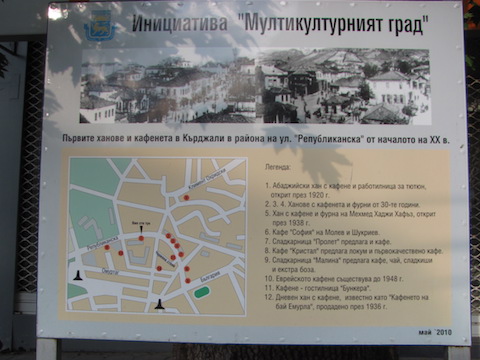
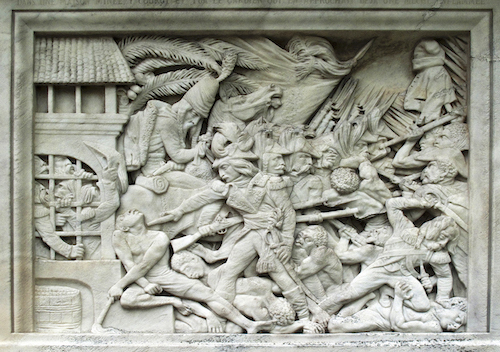
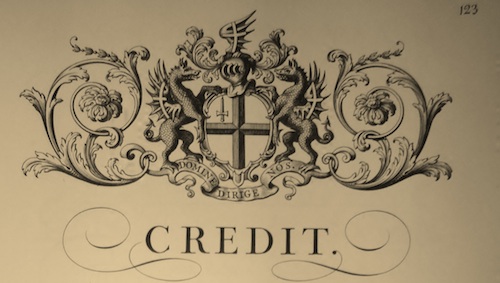
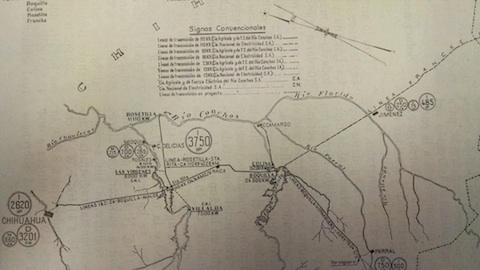
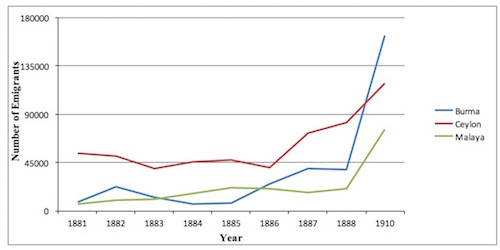

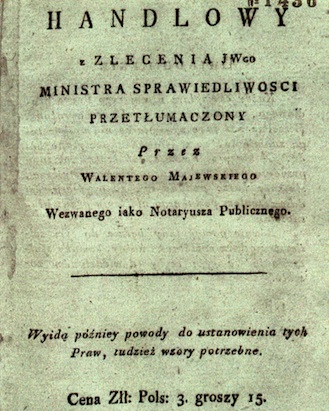
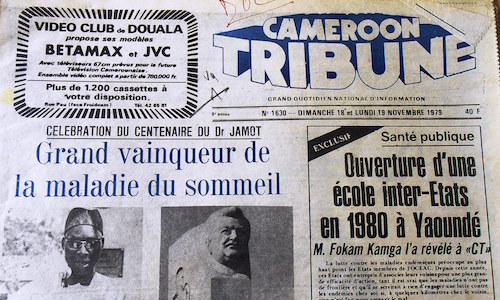
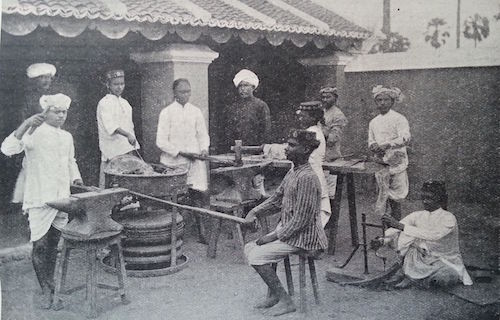
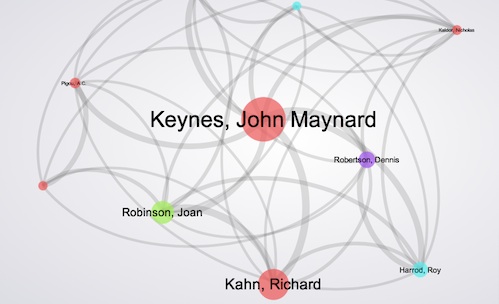
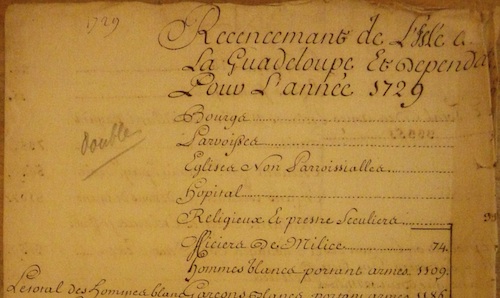
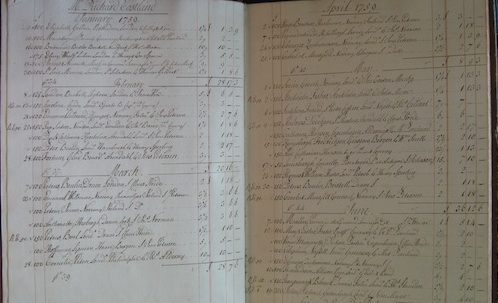
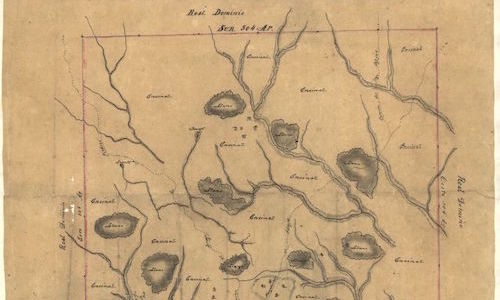
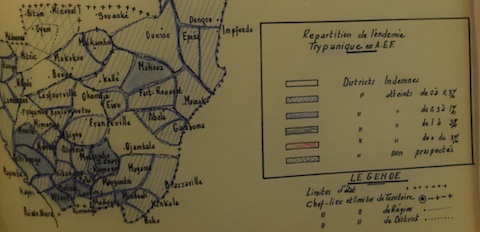
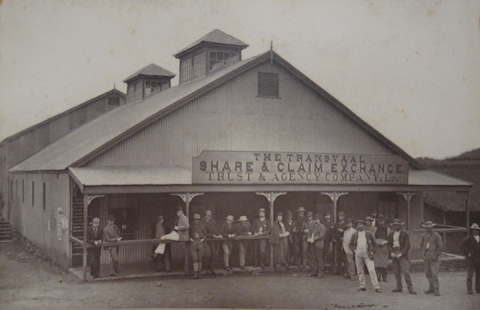
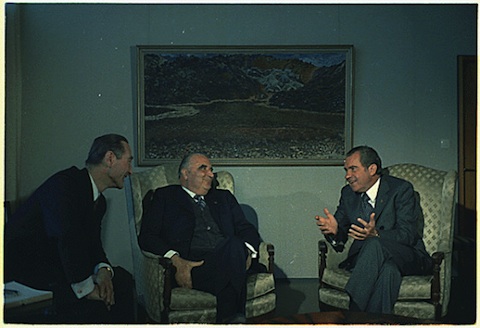
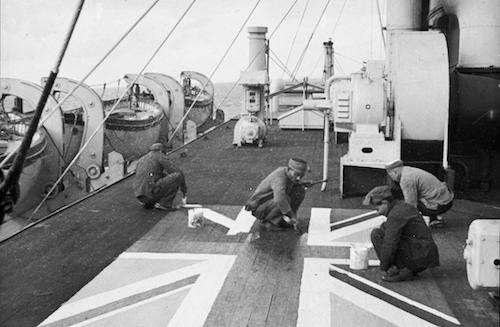

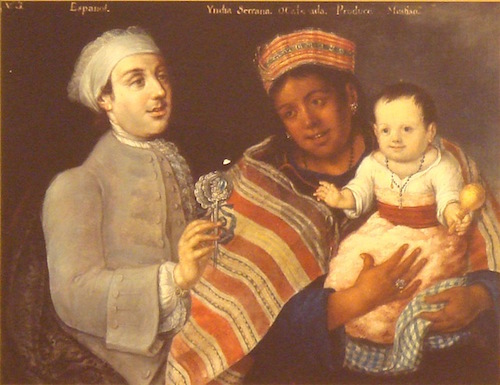
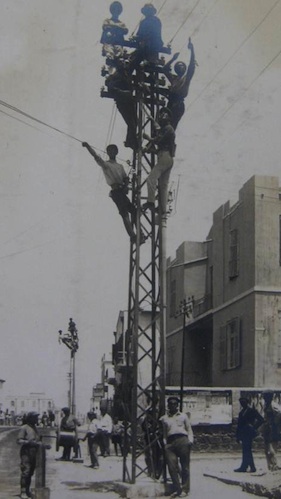
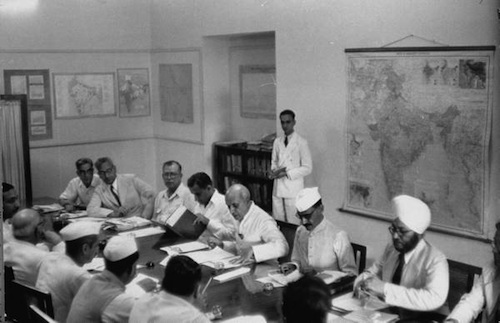
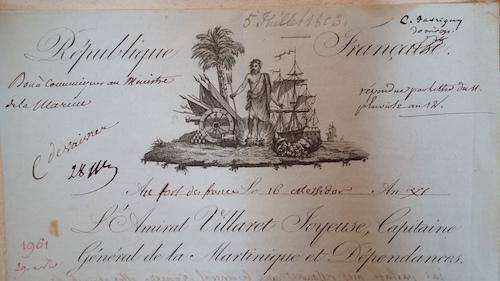
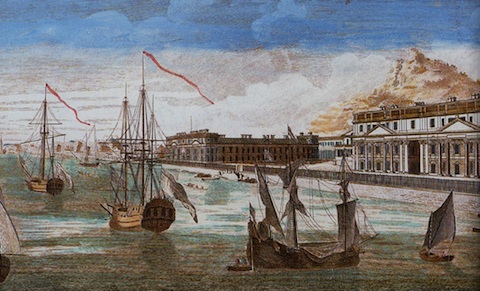
![The Barbados Mercury (Issue: 1 March 1803) This newspaper, printed in Bridgetown, Barbados, was an important source of information for merchants, planters and other colonists on the island. The Barbados Mercury, like other newspapers published in the British and French West Indies, contained advertisements for the sale of land, imported goods, and many types of property, along with news on different markets in Europe and the Americas, such as sugar, coffee, indigo, and cacao. [Credit: National Archives UK, CO 318/21] The Barbados Mercury (Issue: 1 March 1803) This newspaper, printed in Bridgetown, Barbados, was an important source of information for merchants, planters and other colonists on the island. The Barbados Mercury, like other newspapers published in the British and French West Indies, contained advertisements for the sale of land, imported goods, and many types of property, along with news on different markets in Europe and the Americas, such as sugar, coffee, indigo, and cacao. [Credit: National Archives UK, CO 318/21]](images/Morriello_480.jpg)



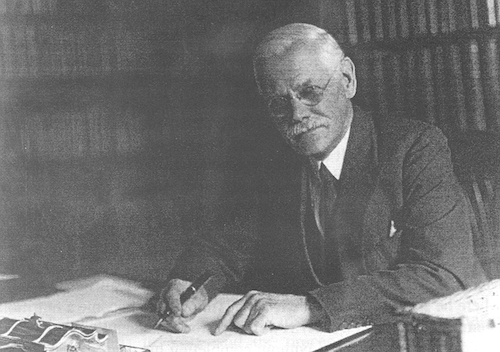
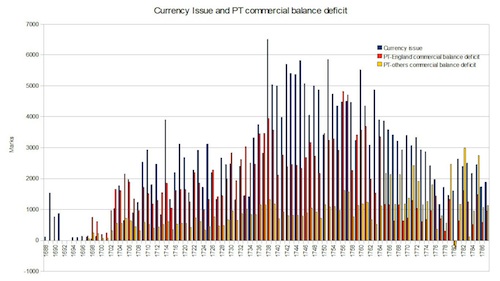
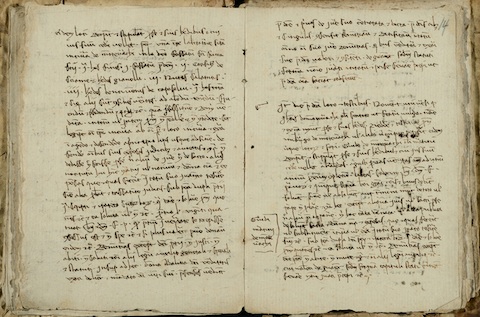
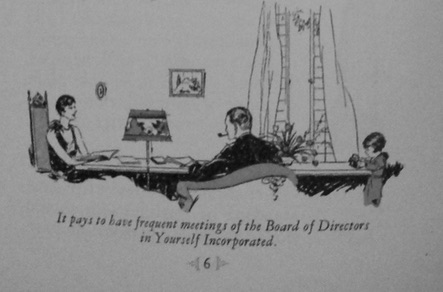
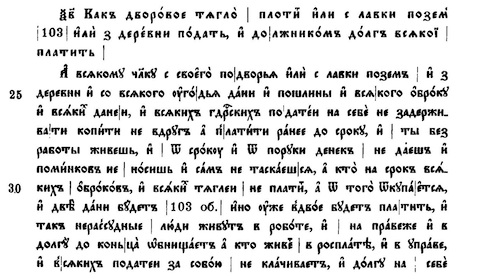

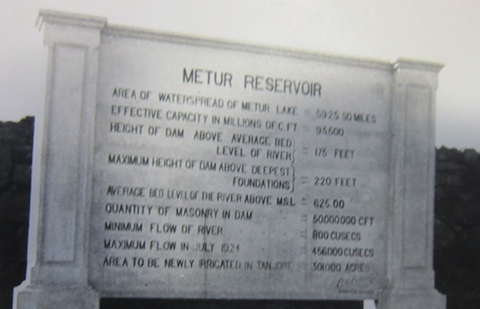
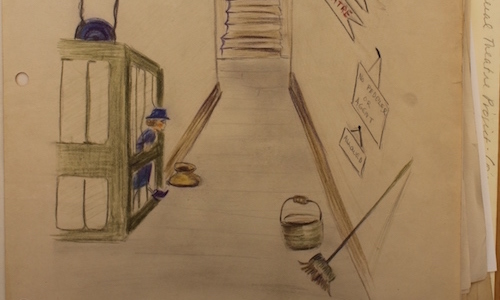
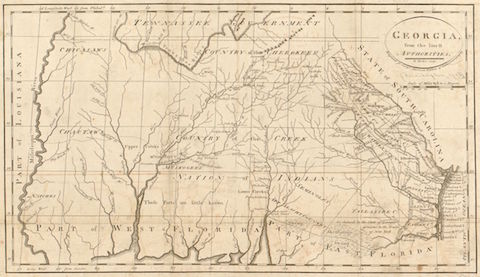
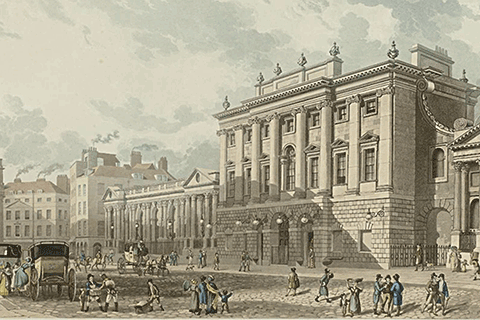

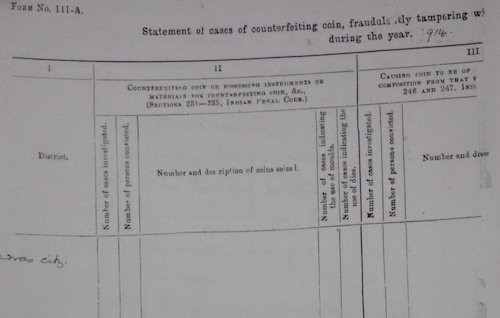
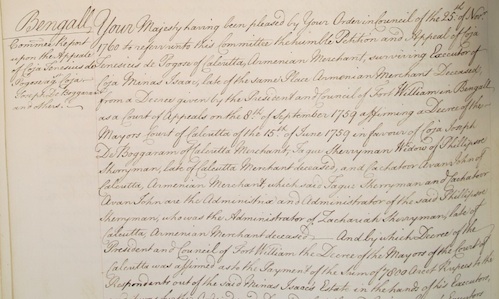
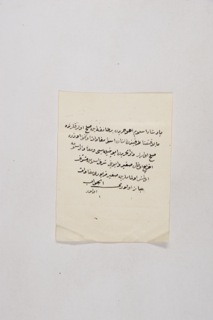
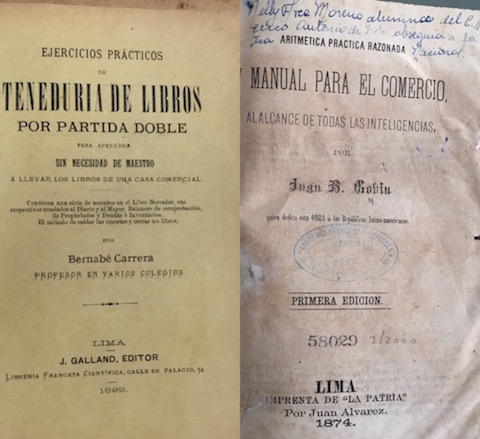
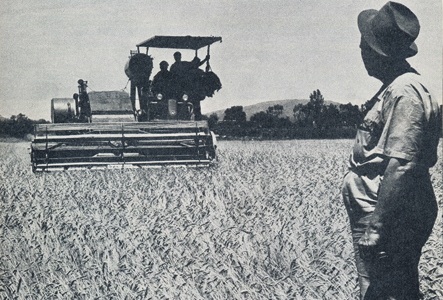
![1926 financial association (Ja. kin'y? kumiai; Ko. k?myung chohap) poster advertising low interest loans for 'agricultural improvement' activities in support of the colonial government's Program to Increase Rice Production. Poster produced by financial associations, Akita Yutaka, Ch?sen kin'y? kumiaishi [A history of financial associations in Korea] (Keij?: Ch?sen kin'y? kumiai ky?kai, 1929). 1926 financial association (Ja. kin’y? kumiai; Ko. k?myung chohap) poster advertising low interest loans for 'agricultural improvement' activities in support of the colonial government’s Program to Increase Rice Production. Poster produced by financial associations, Akita Yutaka, Ch?sen kin’y? kumiaishi [A history of financial associations in Korea] (Keij?: Ch?sen kin’y? kumiai ky?kai, 1929).](images/Stephens.jpg)

